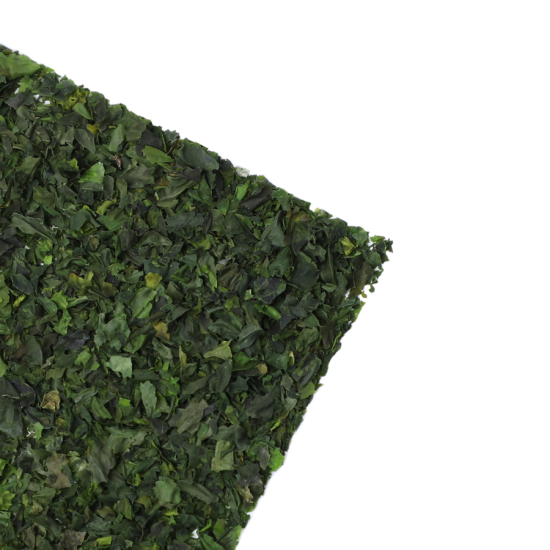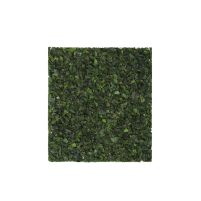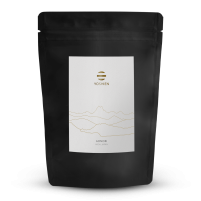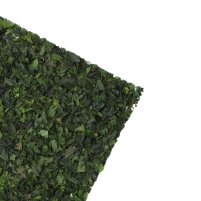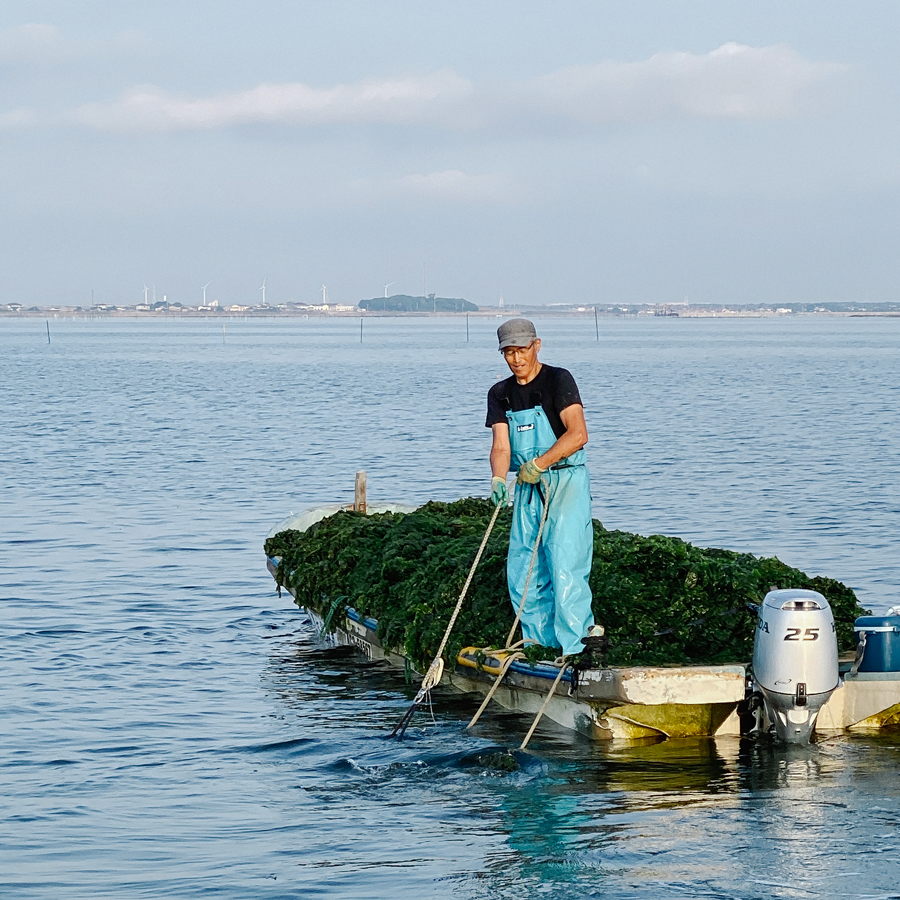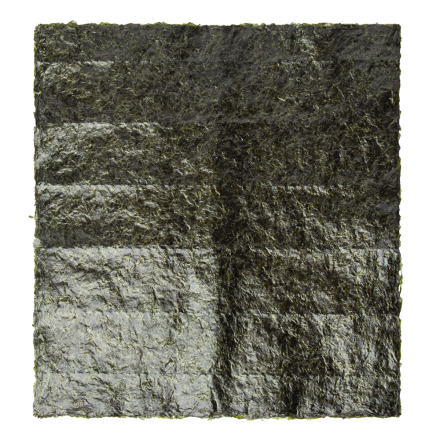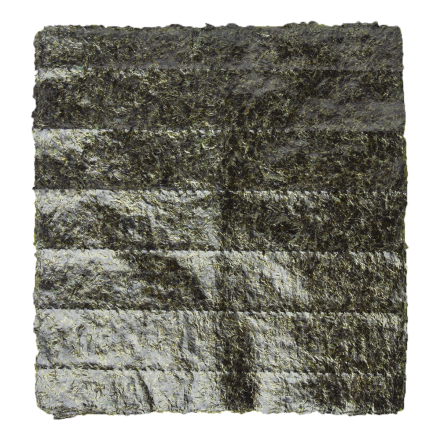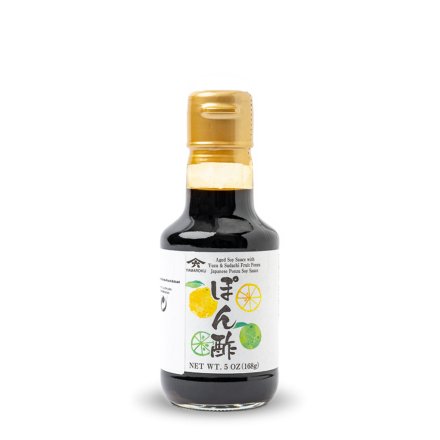Nori algae is a type of edible seaweed that has a particularly long tradition of culinary use. For hundreds of years, the red algae has been an essential ingredient in the cuisine of its countries of origin: Japan, Korea and China. The cultivation of nori algae has a long history which began as early as the 18th century. In Japan, the cultivation of the algae is an important industry, and it enjoys great popularity in kitchens around the world due to its taste and nutritional properties.
Nori is the Japanese term for edible algae. The term refers to various genera including Porphyra, Pyropia, Neopyropia and Ulva. The Ulva genus includes green algae such as aosa and aonori, while the others are mainly red algae. What they all have in common is their savoury umami flavour which is coupled with nobly sweet notes.
The term aonori refers to a specific species of edible green seaweed, but is also used as an umbrella term for all edible green seaweeds. Aonori, like aosa, belongs to the Ulva genus and is often used as seasoning. The Ulva genus is found in various regions of Japan and its flavour can vary greatly depending on the terroir. Usually available in the form of flakes or powder, aonori is used as an ingredient in various Japanese dishes.





